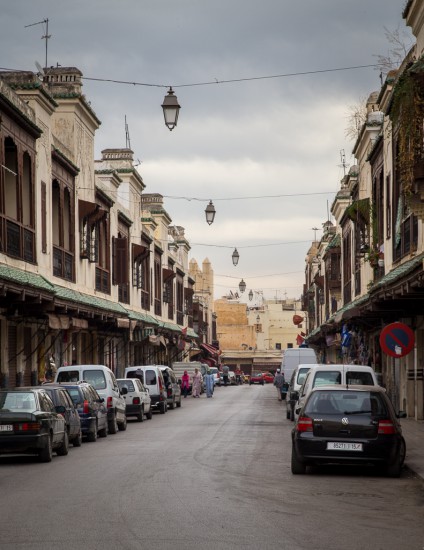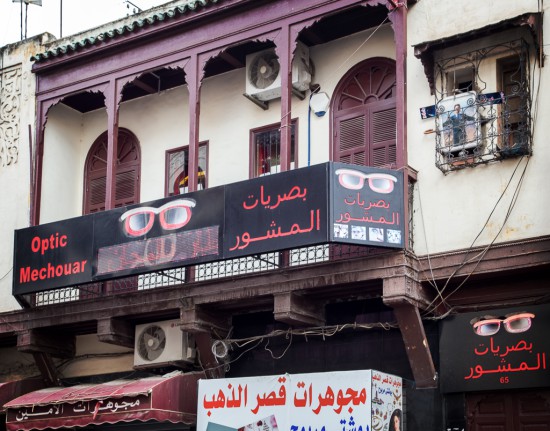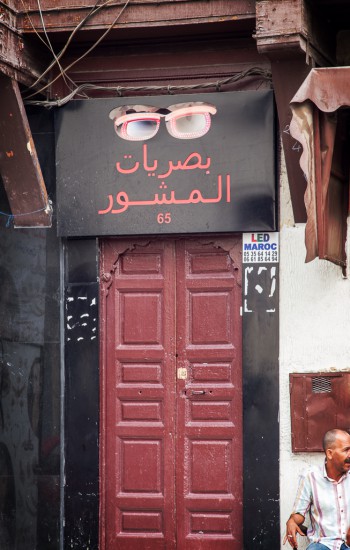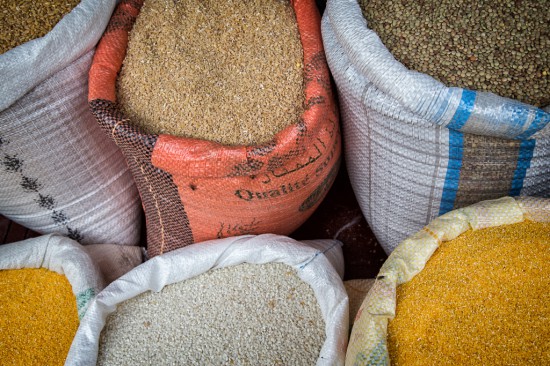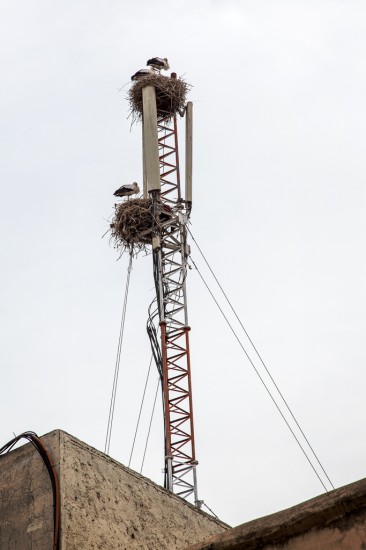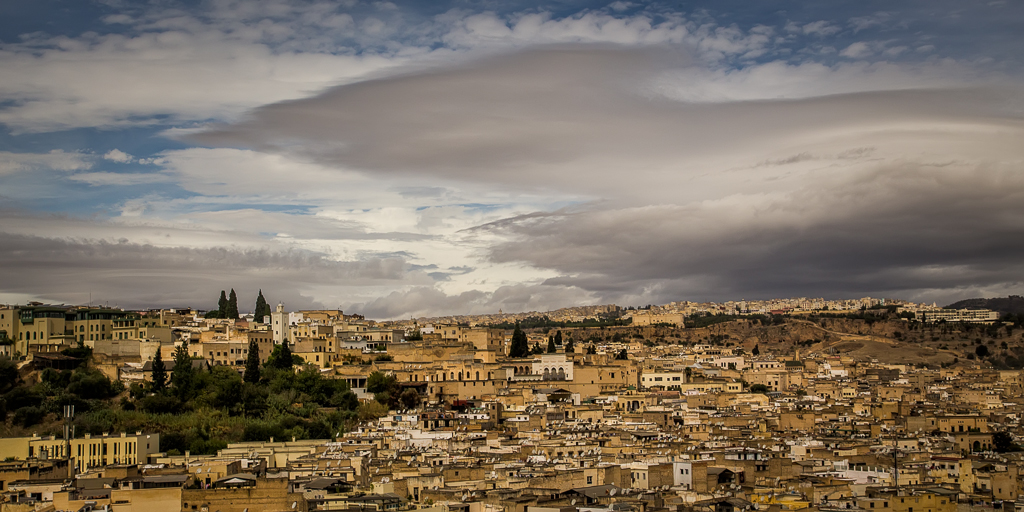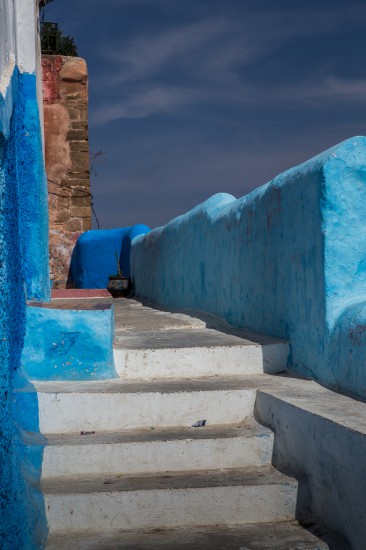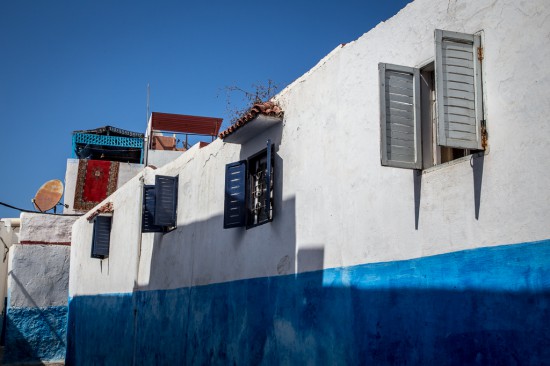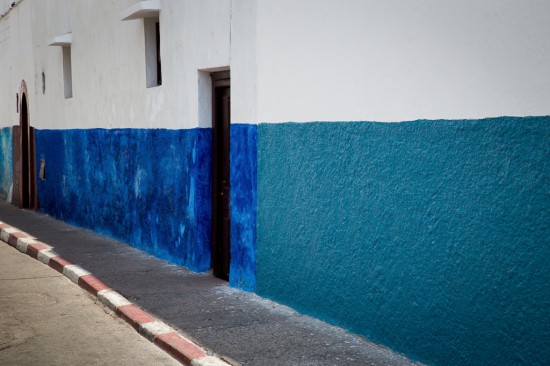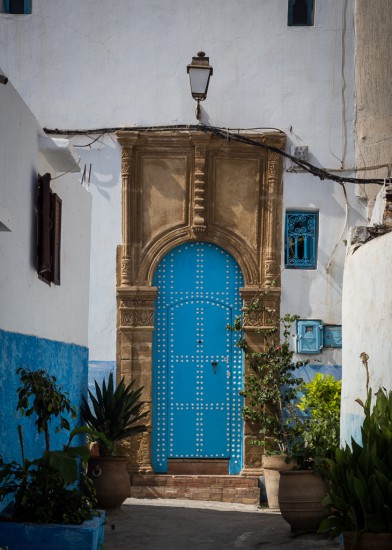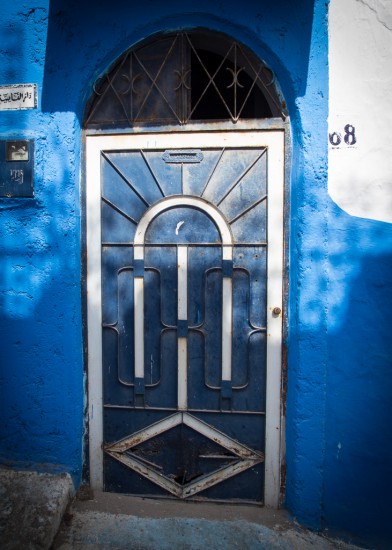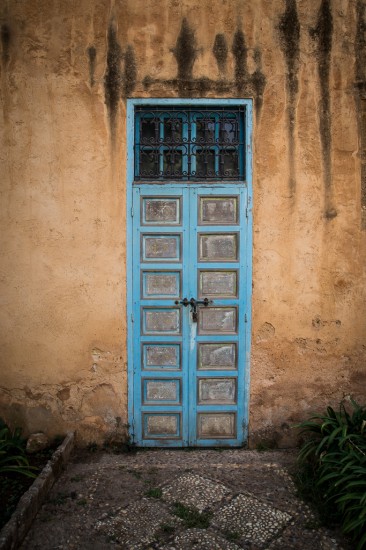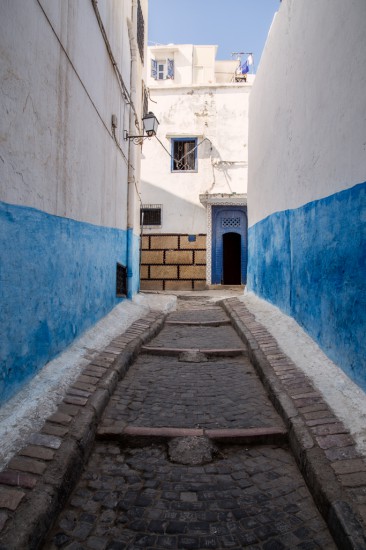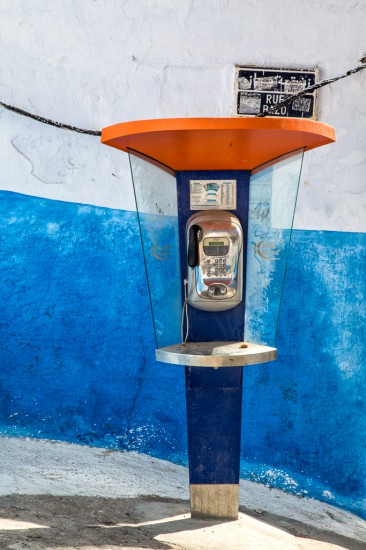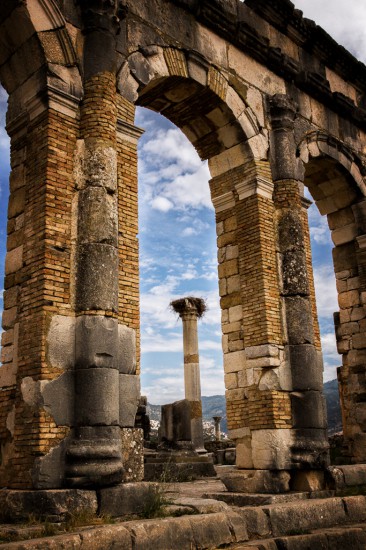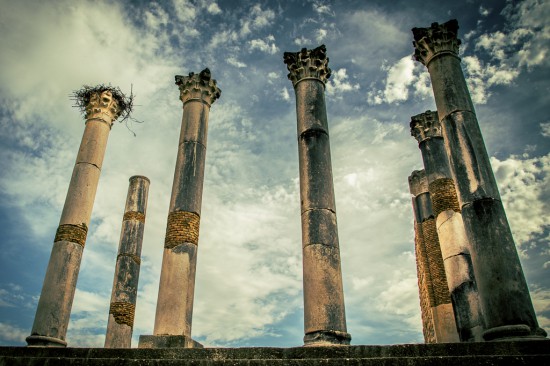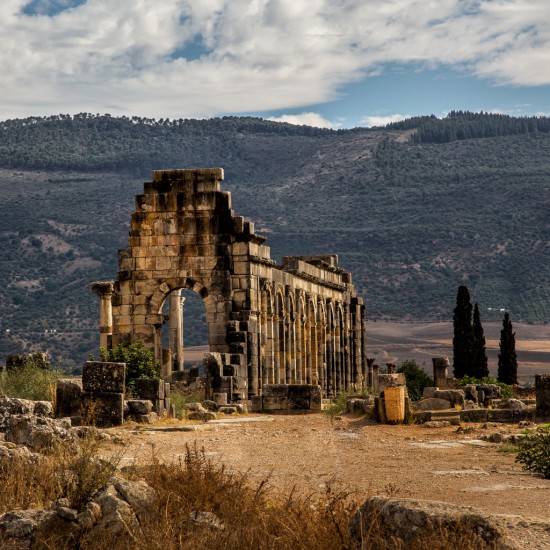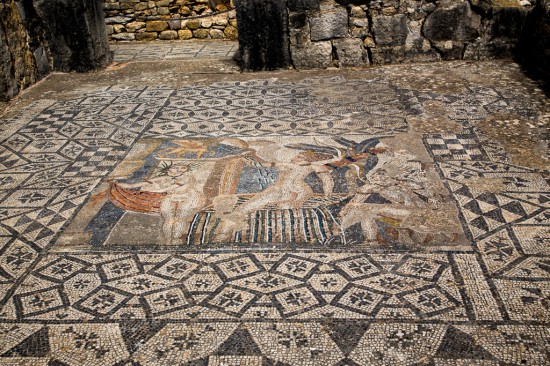A Mellah (pronounced “mellach”) is a walled Jewish quarter of a city in Morocco in which Jews were forced to live beginning in the 15th century. By the 19th century, conditions there were miserable for them. However, with the colonization and arrival of Europeans at the end of the 19th century and beginning of the 20th century, the Mellah, and the Moroccan Jewish population were given new economic and social possibilities.
Since 1948 and the establishment of the State of Israel, almost all Moroccan Jews have emigrated to Israel. Now, the Mellah is inhabited by Moroccan Muslims.
(refs: https://en.wikipedia.org/wiki/Mellah)
(https://www.jewishvirtuallibrary.org/jsource/vjw/Fez.html)
CLick on the first image to show a larger size and then you can navigate forward and backward using the arrows.
